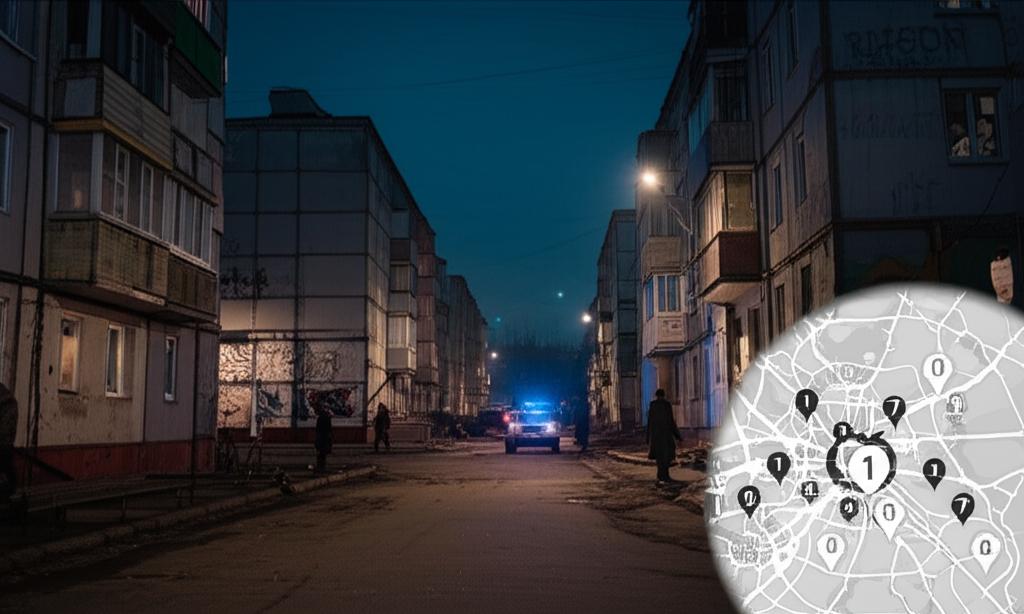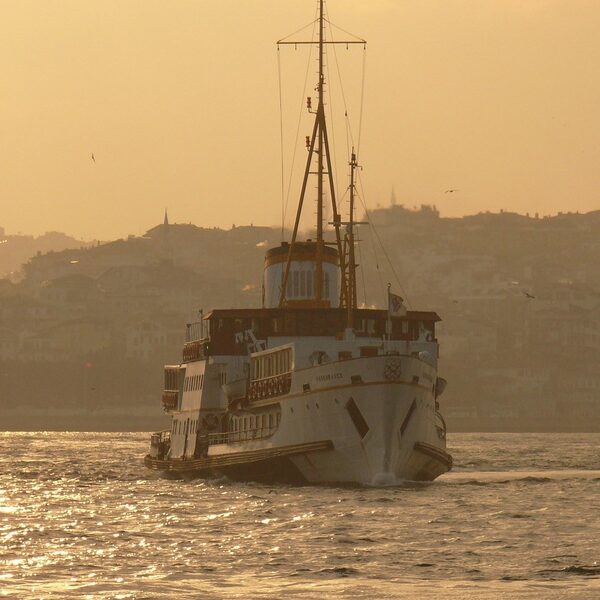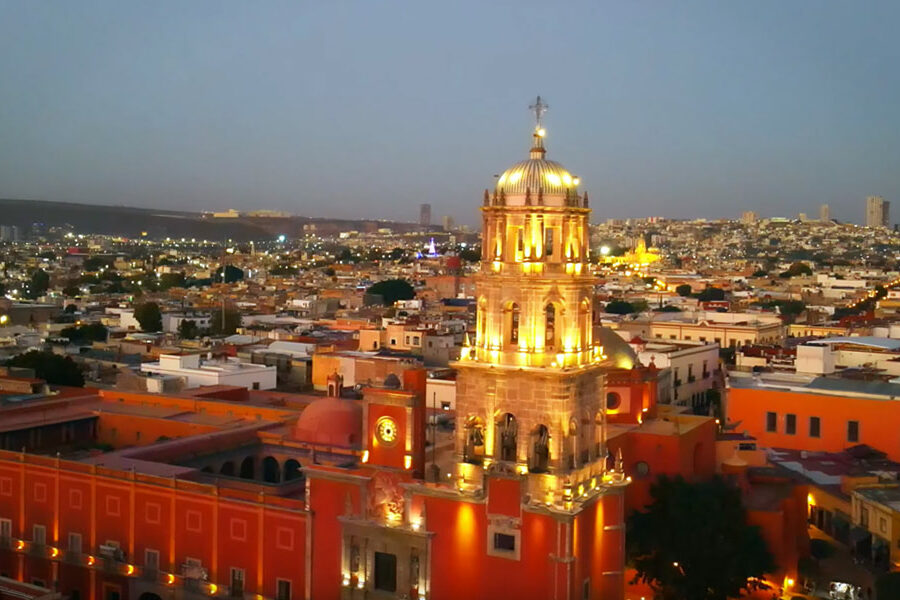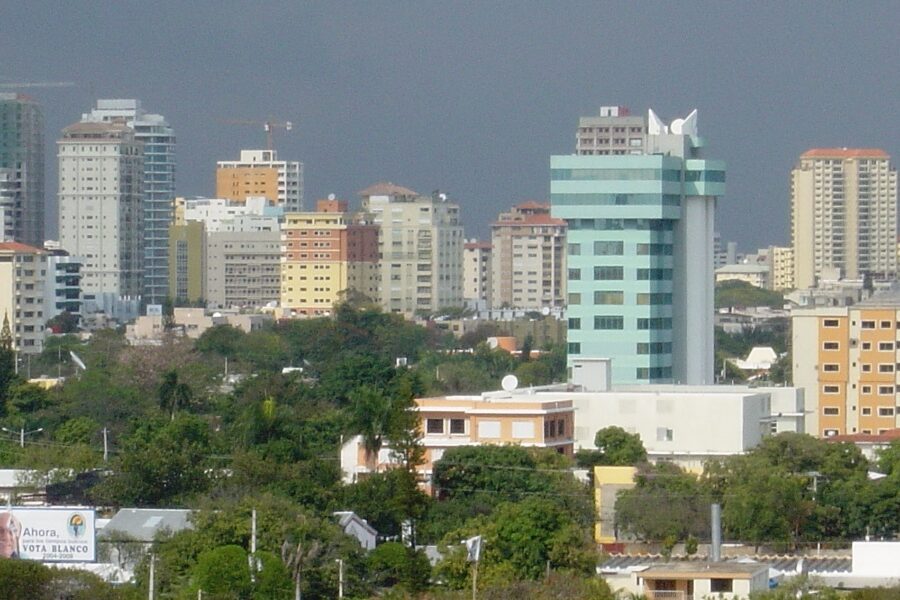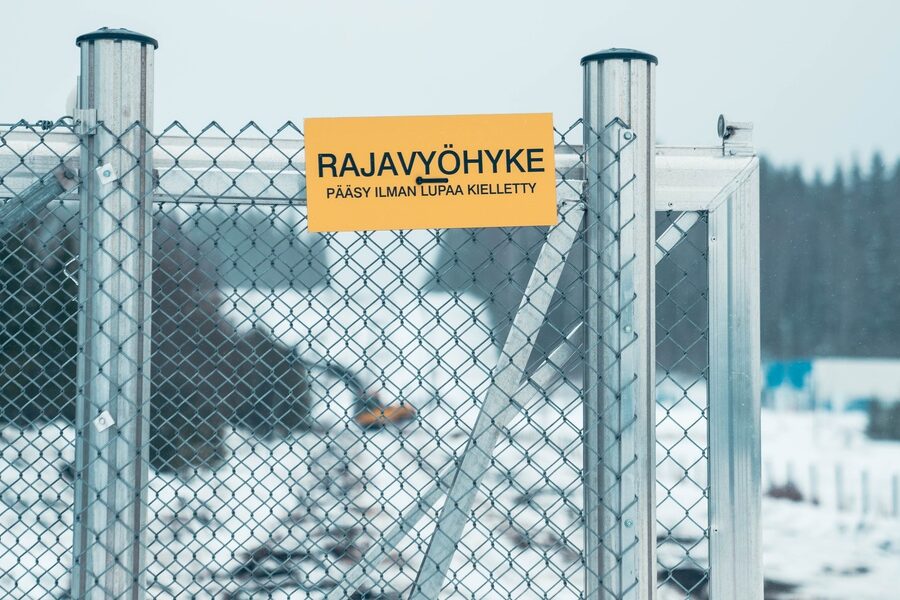Between the late 1990s and the 2010s several Russian cities recorded homicide and violent-crime rates well above national averages; in some regions those rates remain stubbornly high. Rosstat and UNODC regional reports, along with investigative press coverage, show spikes in violent incidents in the 2000s and continued elevated risk in pockets through 2018–2020. Here “dangerous” is used broadly: violent crime and insurgency, organized-criminal networks around ports and borders, chronic industrial pollution and accident risk, and hazards tied to remoteness and resource booms. This matters for residents, travelers, and policymakers because each risk calls for different responses—public-safety planning, investment in inspections, or emergency logistics—and different data sources (Rosstat, UNODC, Rosprirodnadzor) to monitor trends. Below are 15 cities grouped into four categories to explain what drives local danger and how communities cope.
North Caucasus: Conflict and Violent Crime
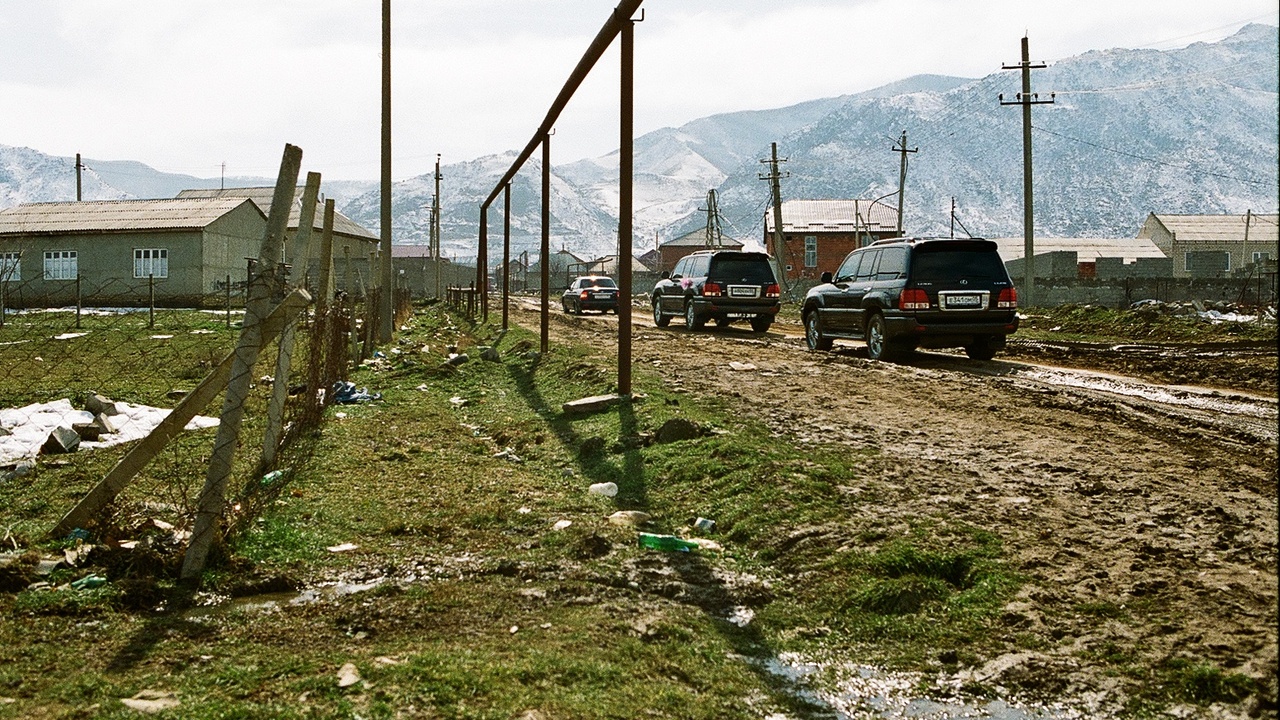
The North Caucasus saw sustained insurgency and clan violence after the Chechen wars (1994–1996 and 1999–2009), and some republics recorded homicide rates well above the Russian average during the 2000s. Weak state presence in rural areas, local feuds and criminal networks, and political friction all raised urban risks. Rosstat and UNODC regional breakdowns remain the best publicly available guides to trends. Local responses have ranged from federal counterterror operations to community policing and reconstruction projects—but residual tensions and episodic attacks keep parts of the region on high alert.
1. Makhachkala (Dagestan)
Makhachkala’s core risks are targeted killings, extremist attacks and clan-related violence that periodically spill into the city. Dagestan’s regional homicide and violent-crime indicators were above national averages in the 2000s and, while rates fell from their peaks after 2010, episodic assassinations and bombings persisted into the 2010s (Rosstat, UNODC regional summaries).
Residents often face checkpoints, frequent patrols and thicker private security at businesses, all of which raise operating costs. In the 2010s local and federal forces carried out repeated counterterror operations; for example, press reports document targeted assassinations of officials and occasional car-bomb attacks in the 2010–2017 period (BBC, Reuters). Local authorities also invested in bolstering police presence in markets and transport hubs.
2. Nazran (Ingushetia)
Nazran has seen periodic spikes of communal violence and unrest tied to political incidents and security crackdowns. Region-level crime and victimization data for Ingushetia rose in some years during the 2000s, reflecting clashes between militant groups, local disputes and heavy-handed security responses (regional reporting and Rosstat summaries).
The effects are tangible: interrupted public services after unrest, slowed investment and constrained construction activity, and occasional curfews or heightened patrols after protests. Notable episodes include sustained instability in the mid-2000s and follow-up security operations reported through the 2010s (The Moscow Times, Reuters), after which local administrations implemented stricter checkpoints and administrative controls to restore order.
3. Vladikavkaz (North Ossetia–Alania)
Vladikavkaz sits near volatile borders and bears spillover risks from regional tensions, along with organized-crime activity tied to trafficking routes. Violent-crime numbers have fluctuated with migration flows and periodic ethnic tensions, and regional statistics show bumps in violent incidents during the 2000s and early 2010s (UNODC regional notes).
The city’s role as a regional trade node means commuters and small traders sometimes confront extortion or criminal pressure. For instance, journalists and local outlets reported violent bombings and attacks on security forces in the broader region during the 2010s, prompting reinforced policing and targeted counterterror measures to secure transit corridors and markets.
4. Grozny (Chechnya)
Grozny’s modern reputation is shaped by two wars (1994–1996 and 1999–2009) and a major reconstruction effort that changed much of the urban fabric. During the conflict years the city experienced very high casualty counts and severe urban damage; after large federal rebuilding programs in the 2010s the visible risk profile in central Grozny declined even as security measures remained robust.
Post-war Grozny illustrates how reconstruction and heavy security presence reduce certain dangers while leaving social scars and occasional security incidents. Federal investment funded new infrastructure and public buildings in the 2010–2015 period, and sporadic insurgent attacks were still reported into the mid-2010s (international reporting), prompting continued vigilance by local and federal forces.
Organized Crime, Ports, and Border Hubs
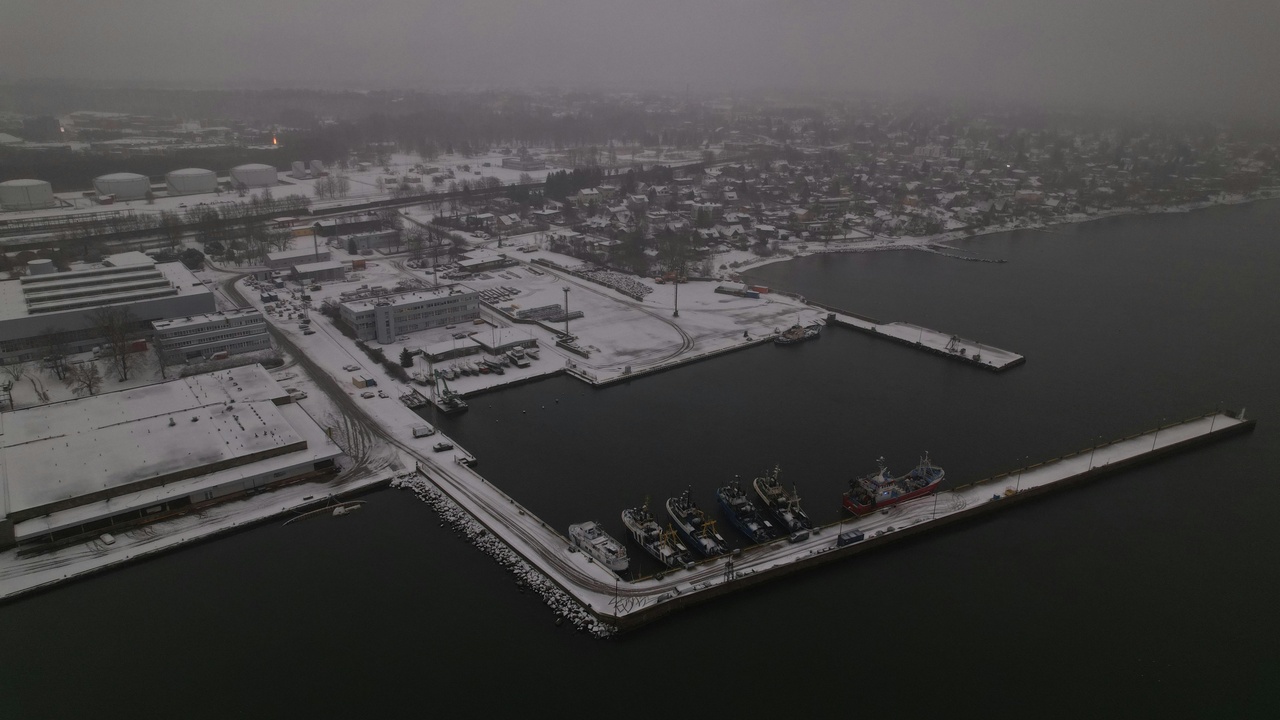
Ports, border crossings and major transit hubs concentrate goods, money and people—conditions that organized-crime groups exploit for smuggling drugs, fuel, weapons and people. Corrupt officials and transient labor pools further ease illicit flows. Customs seizures, FSB statements and investigative journalism reveal the typical mechanics: concealment in cargo, falsified documents and cross-border broker networks. Economies tied to transit often tolerate shadow activity because the same routes generate legitimate jobs and tax revenue.
5. Rostov-on-Don
Rostov-on-Don is a major southern transport hub on the Don River and near volatile borders, which makes it attractive to trafficking networks. Regional prosecutors and police reported organized groups involved in fuel and goods smuggling, and several police operations in the 2010s disrupted networks moving contraband toward the Caucasus and Ukraine.
Logistics firms, truck drivers and ports face higher insurance and security costs as a result. Reported cases—documented arrests and seizures in the 2015–2019 period (FSB and regional reporting)—illustrate systemic rather than merely episodic criminality, though violent episodes are less common than in conflict zones.
6. Astrakhan
Astrakhan sits on the Caspian and combines fishing, oil transit and cross-border trade with Kazakhstan and Azerbaijan, creating channels used for illicit fuel and goods trafficking. Customs and FSB press releases from the late 2010s and early 2020s document repeated seizures of smuggled fuel and contraband fish shipments.
The workload for local law enforcement rises during seasonal peaks in fishing and transit. Smuggling busts reported in regional media show how organized groups target gaps in inspection capacity, affecting legitimate fisheries and tourism revenues while forcing authorities to reallocate resources to customs enforcement.
7. Vladivostok
As Russia’s Pacific gateway, Vladivostok sees high cargo throughput and transshipment activity that create opportunities for contraband to transit the region. Customs authorities and investigative journalists have reported cases involving drug consignments and undeclared high-value goods moving through the port in the 2010s.
International shipping firms and port workers must account for the risk of seizures and inspections that can slow operations. High-profile customs seizures in the 2010–2018 period (reported by regional press and customs statements) have prompted tighter screening and cooperation with neighboring Asian partners.
8. Kaliningrad
Kaliningrad’s exclave status, wedged between EU countries, shapes a unique smuggling environment. Cross-border flows with Poland and Lithuania have been a persistent enforcement challenge, and customs agencies have periodically reported tricks involving re-export schemes and undeclared consumer goods.
Coordinated investigations—sometimes involving EU partners—have uncovered organized rings using ferry and truck routes. These dynamics depress legitimate market prices for some goods and force local authorities to prioritize customs integrity and bilateral cooperation to curb illicit flows.
Industrial and Environmental Hazards
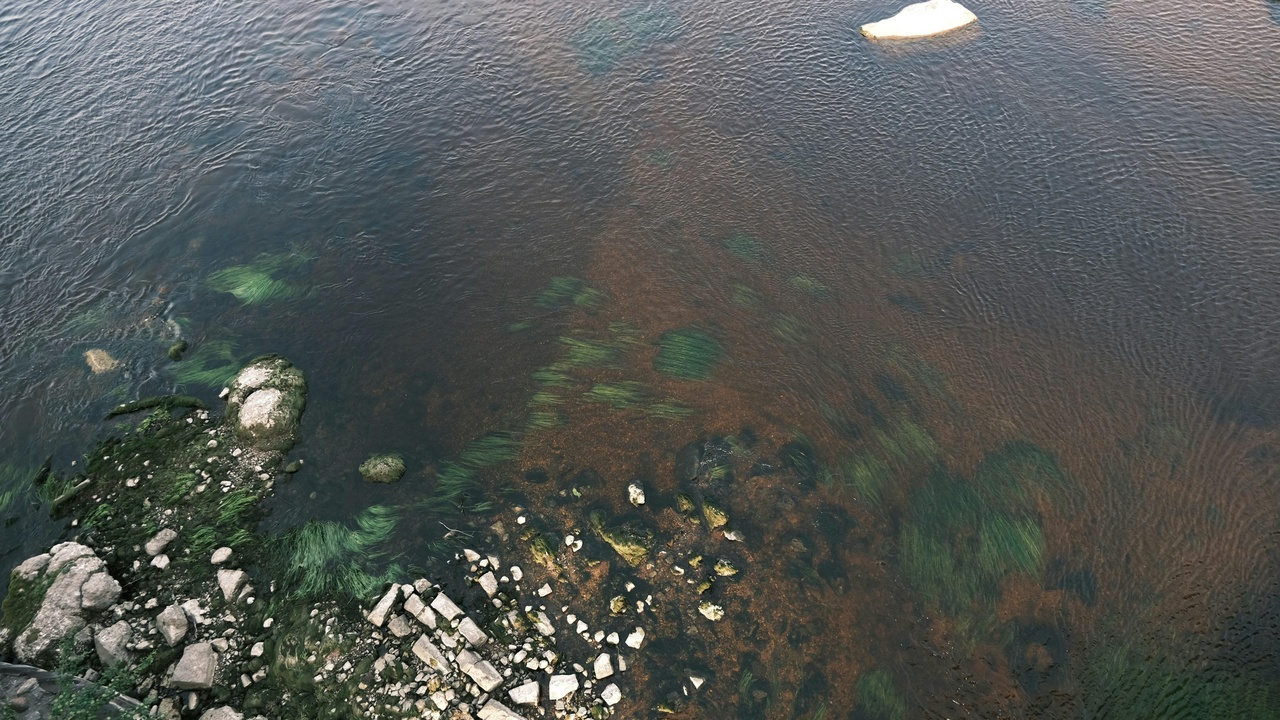
This category covers cities where the dominant dangers are industrial accidents, chronic pollution or legacy contamination rather than street crime. Aging infrastructure, legacy Soviet-era production and regulatory gaps combine to create long-term public-health burdens and sudden catastrophic events. Environmental agencies (Rosprirodnadzor), international groups and investigative media provide the clearest assessments, including documented spills and contamination studies.
9. Norilsk (Krasnoyarsk Krai)
Norilsk is one of the world’s most pollution-intensive industrial towns, dominated by nickel and heavy-metal smelting. In May 2020 a fuel-storage tank collapse caused a diesel spill of roughly 20,000–21,000 tonnes, contaminating rivers and tundra and triggering a federal emergency response (Rosprirodnadzor, Reuters coverage).
Chronic emissions of sulfur dioxide and heavy metals have long affected local air and soil quality, with documented health and ecological consequences. The 2020 spill prompted fines and remediation commitments from the operating company as well as heightened scrutiny of Arctic industrial infrastructure, but cleanup and long-term monitoring will take years.
10. Dzerzhinsk (Nizhny Novgorod Oblast)
Dzerzhinsk was a major Soviet chemical-production center whose factories left a toxic legacy. International assessments in the 1990s and 2000s (including reports by groups such as the Blacksmith Institute/Pure Earth) listed it among the most polluted cities globally due to soil and groundwater contamination from industrial chemicals.
Health studies from that era linked elevated disease burdens to local exposures, and cleanup efforts have been slow and costly. More recent municipal and federal remediation programs have targeted hotspots, but persistent contamination and monitoring needs continue to affect development and public confidence in safety.
11. Magnitogorsk (Chelyabinsk Oblast)
Magnitogorsk’s heavy metallurgy brings chronic pollution and occasional catastrophic accidents tied to aging housing and infrastructure. On December 31, 2018, a gas explosion destroyed part of an apartment block, killing dozens and underscoring inspection and safety gaps reported by federal and international outlets (Reuters, AP reporting).
The incident focused attention on building inspections, gas-supply safety and emergency medical readiness. Local authorities launched investigations and promised stricter oversight, but the event highlighted how industrial regions combine chronic environmental risk with acute risks from failing infrastructure.
Remote, Resource-Extraction and Transit Hubs
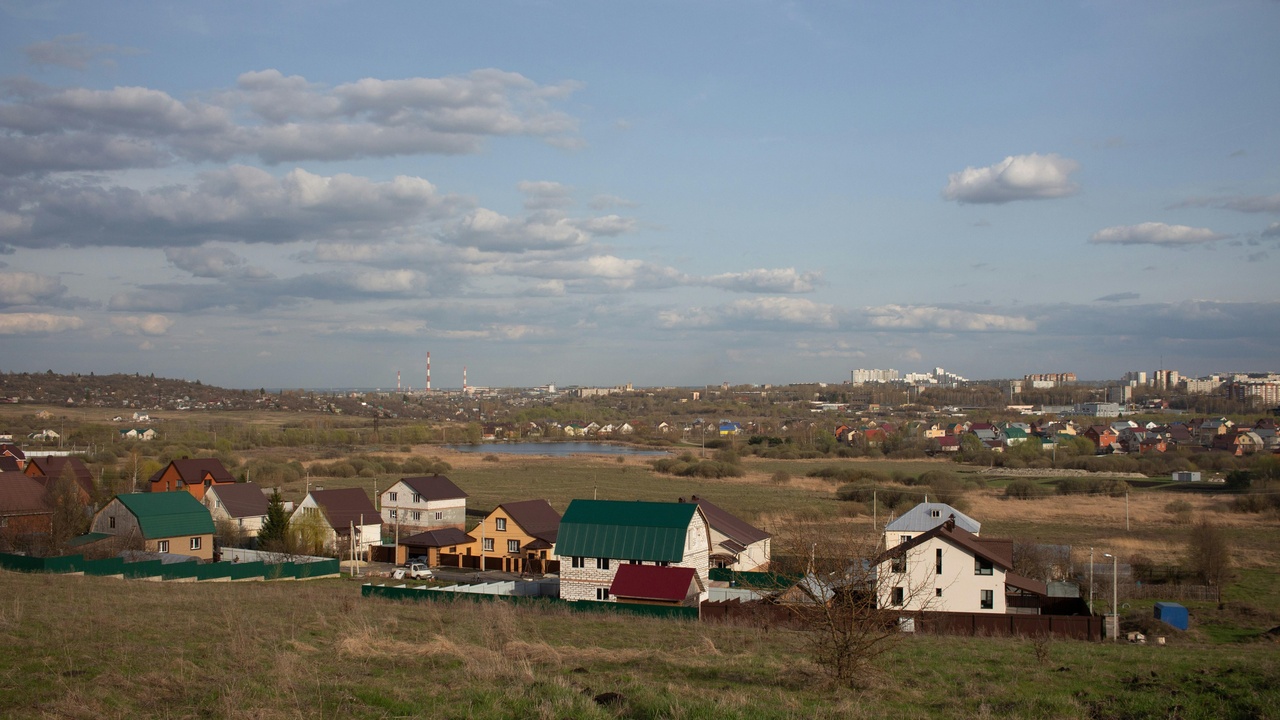
Remoteness and boomtown economies create specific safety issues: workplace fatalities in mines and rigs, fires in poorly inspected public spaces, higher suicide rates, and social problems tied to transient labor. Emergency response is slower, medical evacuation more complex, and depopulation can hollow out services—so accidents have larger local impacts. Historic disasters like the Kemerovo mall fire and repeated mine accidents show how structural gaps magnify tragedy.
12. Vorkuta (KomI Republic)
Vorkuta is a remote, former-Gulag mining town whose population has fallen sharply since the Soviet era. The decades-long decline—on the order of roughly half or more since the late 1980s according to Rosstat snapshots—has eroded municipal budgets and services, while mining remains dangerous work with periodic fatalities reported in the 2000s and 2010s.
Emergency medical access and evacuation logistics are constrained by distance and weather, making workplace accidents more deadly. Regional news outlets and Rosstat data document both continued mining incidents and demographic decline, which together complicate recovery after accidents and limit long-term economic options for families.
13. Kemerovo
Kemerovo gained international attention after the Winter Cherry mall fire on March 25, 2018, which killed dozens and revealed serious enforcement failures in fire safety and inspections (major outlets reported an official death toll of 64 in initial coverage, with subsequent legal proceedings and official inquiries following).
The disaster spurred criminal investigations, resignations of local officials and promises of tighter inspections nationwide. It also exposed how remote regional centers can suffer from lax enforcement and weak oversight, with tragic consequences for shoppers, families and emergency responders.
14. Nizhnevartovsk (Khanty-Mansi Autonomous Okrug)
Nizhnevartovsk is a major oil boomtown in western Siberia; tens of thousands work in the oil sector in the wider Khanty-Mansi region, and that concentration creates both wealth and social strain. The transient workforce, shift camps and compressed housing supply correlate with higher rates of workplace incidents and alcohol-related violence reported in regional studies.
Companies and regional authorities run worker-safety programs, but accidents in oil-field operations and transportation incidents have occurred in the 2010s, prompting calls for stronger corporate oversight and municipal services for families of shift workers.
15. Nizhny Tagil (Sverdlovsk Oblast)
Nizhny Tagil is an industrial Urals city centered on heavy metallurgy and machine-building. Chronic pollution, workplace injuries and episodic industrial accidents appear in regional occupational-health reports and media accounts, affecting local life expectancy and municipal budgets.
Authorities have recorded workplace accidents and implemented safety audits after high-profile incidents reported in regional press over the last decade. The city’s long-term challenge is balancing industrial employment with stricter corporate safety standards and health monitoring to reduce avoidable harm.
Summary
- Different cities are risky for different reasons: violent crime and insurgency dominate parts of the North Caucasus, ports and border hubs face organized-smuggling pressure, some towns suffer chronic industrial contamination, and remote resource centers carry acute workplace and emergency-response risks.
- Reliable, recent statistics from Rosstat, UNODC and environmental agencies (Rosprirodnadzor) are essential to understand trends rather than relying on impressions or outdated rankings.
- Local governance and geography shape risk profiles: stronger inspections, targeted policing, emergency-response upgrades and remediation funding make the biggest measurable difference.
- If you live, work, or travel in these areas, consult the latest official advisories, register emergency contacts locally and check corporate or municipal safety records before making long-term commitments.
- For policymakers: prioritize transparent reporting, invest in inspections and emergency services, and support remediation programs to reduce long-term public-health and economic costs.

